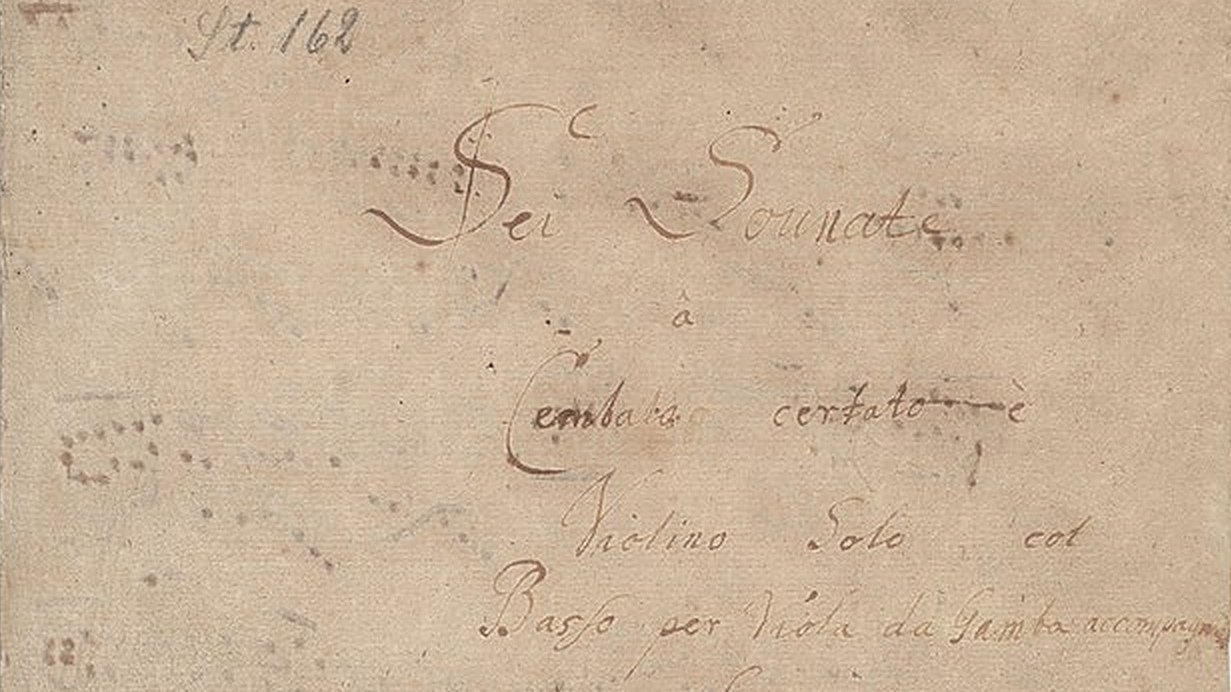Roxanna Panufnik’s “Celestial Bird”: Ex Cathedra
Roxanna Panufnik (b. 1968) is one of Britain’s most prominent composers. The daughter of the Polish composer and conductor, Andrzej Panufnik, she has written numerous choral works, including Westminster Mass, premiered by London’s Westminster Cathedral Choir; the oratorio, Faithful Journey – a Mass for Poland; and Across the Line of Dreams, a work for two conductors, two choirs, and orchestra, which was premiered by Marin Alsop, Valentina Peleggi, and the Baltimore Symphony Orchestra. …







